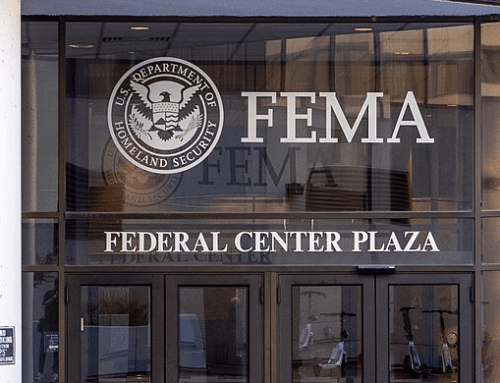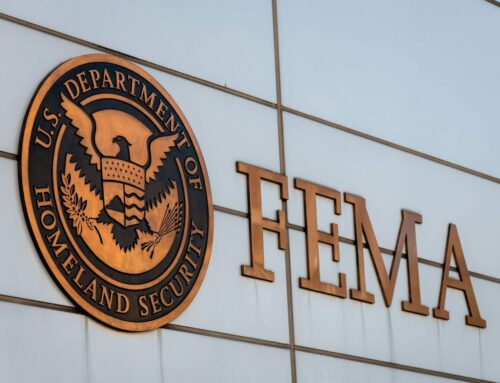Recent natural disasters have brought devastating flooding and wind damage across the American Southeast, particularly in Florida, western North Carolina, and other parts of southern Appalachia, killing hundreds and causing billions of dollars in damage. In the wake of these storms, a secondary disaster has surfaced: misinformation surrounding disaster response and federal funding. Even as the physical damage is recent history, billions have already been disbursed, and funding will continue flowing in the coming years.
FEMA
The Federal Emergency Management Agency (FEMA) is the largest distributor of federal funding for natural disaster response, primarily through the Disaster Relief Fund (DRF). FEMA describes the DRF as “an appropriation against which FEMA can direct, coordinate, manage, and fund eligible response and recovery efforts associated with domestic major disasters and emergencies that overwhelm state resources” under the Robert T. Stafford Disaster Relief and Emergency Assistance Act. When a state governor requests a major disaster declaration and the president approves, the DRF becomes available to state, tribal, territorial, and local governments, allowing access to various assistance programs.
FEMA funding is a mix of regular appropriations and, often, supplemental appropriations when disasters exceed standard budgets. As of October 29, FEMA has disbursed $1.2 billion in direct assistance to storm survivors, with an additional $1.1 billion allocated for debris removal and emergency protective measures across the Southeast. The most impacted states, Florida and North Carolina, received $747 million and $347 million, respectively. By November 7, the National Flood Insurance Program (NFIP) reported 55,000 flood loss claims, with approximately $830 million disbursed to policyholders. As history has shown, these disbursements will likely continue for years as long-term needs emerge.
SBA
The Small Business Administration (SBA) plays a role in disaster recovery through its Disaster Loan Program, offering low-interest loans to businesses, homeowners, and renters. These loans help repair or replace damaged property and cover other expenses related to the disaster. SBA offers four types of disaster loans: Personal Property, Real Property, Business Physical, and Economic Injury Disaster Loans. Program funding comes from both annual and supplemental appropriations. Eligible individuals can receive up to $500,000 for real estate damage, $100,000 for personal property, and businesses may qualify for loans up to $2 million for damage and economic recovery.
Currently, the SBA Disaster Loan Program has exhausted its funds, leaving no new money to be disbursed without additional congressional action. SBA has processed over 50,000 applications but only approved 700 before the funding lapse, disbursing just $48 million.
HUD
The Department of Housing and Urban Development (HUD) administers the Community Development Block Grant Disaster Recovery (CDBG-DR) program, which provides post-disaster funding for recovery and resilience projects to states, local governments, and some nonprofits. Unlike FEMA and SBA funds, CDBG-DR supports long-term rebuilding rather than immediate relief. This program isn’t permanently authorized; rather, it relies on supplemental appropriations passed by Congress after specific disasters. Not being statutorily authorized hampers the programs operations as there are not consistent criteria, metrics, and information available from disaster to disaster. Appropriations for the recent hurricanes in the Southeast have not yet been approved, so no CDBG-DR funds have been allocated.
DOT
The Department of Transportation (DOT) addresses infrastructure damage through the Highway Trust Fund (HTF), funded by fuel taxes and significant transfers from the General Treasury. However, the HTF typically covers routine maintenance, not disaster relief. For emergencies like Hurricane Helene or Milton, the Emergency Relief Program (ERP) under the HTF provides support. If repairs are completed within 270 days of the disaster, the federal government covers 100% of emergency repair costs, while permanent repairs are funded at 80% for non-interstate roads and 90% for interstate highways.
Estimates place infrastructure damage from the recent storms in the tens of billions, but DOT has yet to announce disbursements. Given the ERP’s funding mechanisms, final figures will likely reach billions once damage assessments are complete, and funds are distributed to local and state entities.
While the storms themselves have caused immense damage, misinformation about disaster relief doesn’t need to compound the problem. As hurricane response efforts continue and Congress considers additional funding for impacted areas, we’ll keep tracking appropriations to ensure transparency and a fair return for taxpayers.










